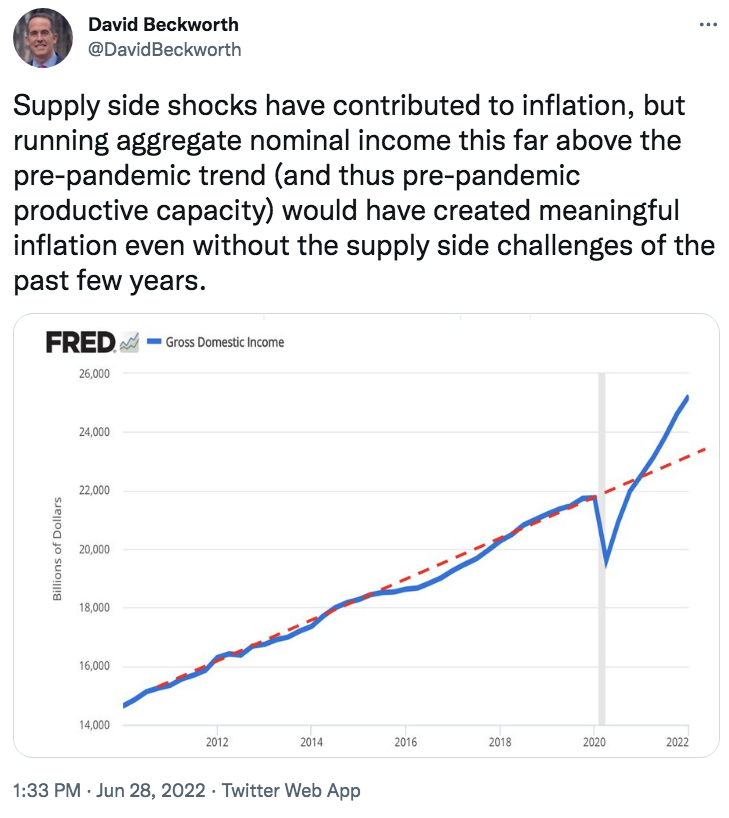Rogoff on The Money Illusion
Kenneth Rogoff has a nice review of my new book in the Times Literary Supplement. Here’s an excerpt:
This thoughtful and broad-ranging critique of the post-financial crisis consensus on macroeconomic policy is worth reading for anyone interested in monetary policy, even if you don’t buy into the “market monetarism” (of which more later) championed by the author. Sumner is unafraid to challenge the academic consensus: in his earlier book on the Great Depression (The Midas Paradox, 2015), he argued that bad policy-making at every turn made things far worse in the late 1920s and early 1930s than they had to be. In The Money Illusion, much like Leonard in The Lords of Easy Money, he explores monetary policy decision-making during the 2008-09 financial crisis and its aftermath – but with more focus on the economics and less on the personalities. Some may wonder why anyone today would write (or read) a book raking over the financial crisis, when the world has moved on to dealing with the pandemic, war in Europe and how to manage economic policy in an era of wild political see-saws. In fact, Sumner’s book is of great significance to our current crises, and his challenge to conventional wisdom is bracing. . . .
Sumner’s book has all sorts of philosophical insights that will be interesting to anyone trying to understand markets and macroeconomics. One bogeyman he confronts is bubbles. Many market observers see speculative bubbles everywhere. Sumner, by contrast, argues that there is typically some rational factor behind the “bubble”, and the fact that the casual (or academic) observer isn’t easily detecting it is not a reason to dismiss signals from market prices. After all, the biggest bubble of the past forty years, if you want to call it that, is the collapse of interest rates, particularly “real” interest rates (the interest rate adjusted to remove the effects of inflation). Low real interest rates make virtually any kind of long-lived real asset seem more valuable, from housing to art to stocks to cryptocurrency.
Rogoff also reviews The Lords of Easy Money: How the Federal Reserve broke the economy by Christopher Leonard. Read the whole thing.
Many economists (including Rogoff) are now at least somewhat supportive of NGDP targeting. Today, I view my biggest challenge as convincing other economists that monetary policy remains highly effective at the zero bound. (Rogoff is skeptical, at least in an economy with cash.) My current project addresses that issue.
HT: David Gordon, Tyler Cowen



